
Cultural practices often shape societies in profound ways, reflecting historical norms, aesthetics, and social hierarchies. Some practices, however, leave us astounded, questioning the depths of human endurance and societal influence. Among such practices, the haunting tradition of Chinese foot binding stands as a chilling testament to the extremes people have gone to conform to standards of beauty and status.
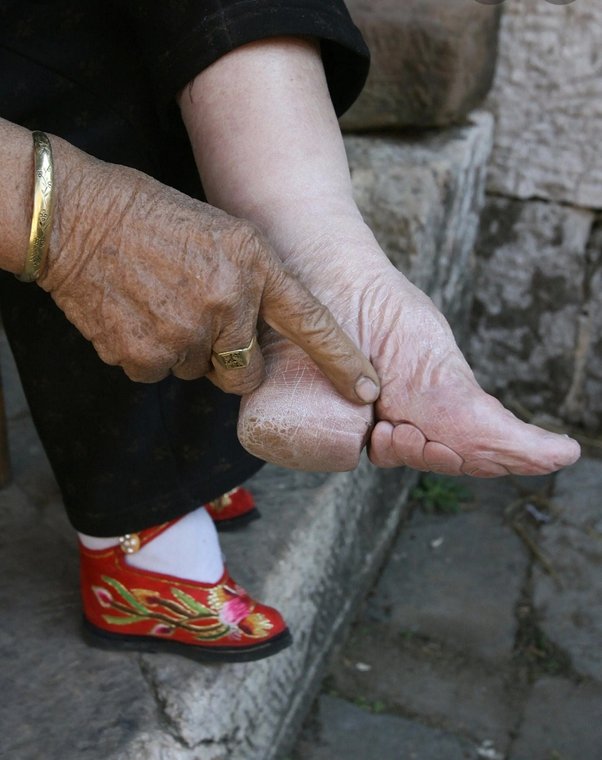
Hailing from the 10th century and persisting for over a millennium, foot binding remains an unsettling reminder of the lengths individuals and communities would go to uphold societal norms. In an era when beauty and femininity were closely intertwined, foot binding emerged as a torturous means to an end. The concept itself is horrifyingly simple—binding the feet of young girls, reshaping them into an unnatural form to create the illusion of daintiness and grace.
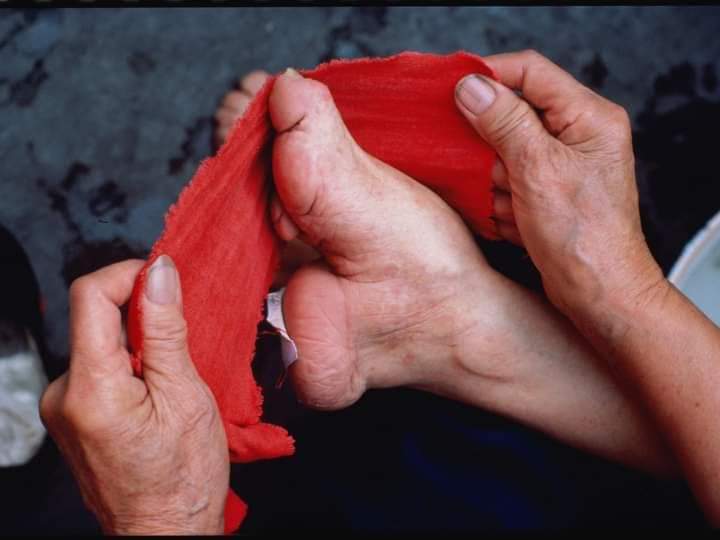
As history unravels the layers of this deeply unsettling practice, the origins reveal a desire for royalty emulation. In the “5 Dynasties and 10 Kingdoms” era, a favored concubine of the emperor captured attention by dancing atop a lotus-shaped stage, her feet molded into the shape of hooves. This act set the stage for a trend that would engulf generations to come. The pain and suffering endured in pursuit of beauty were to become emblematic of one’s social standing, leading to societal divisions based on the presence or absence of bound feet.
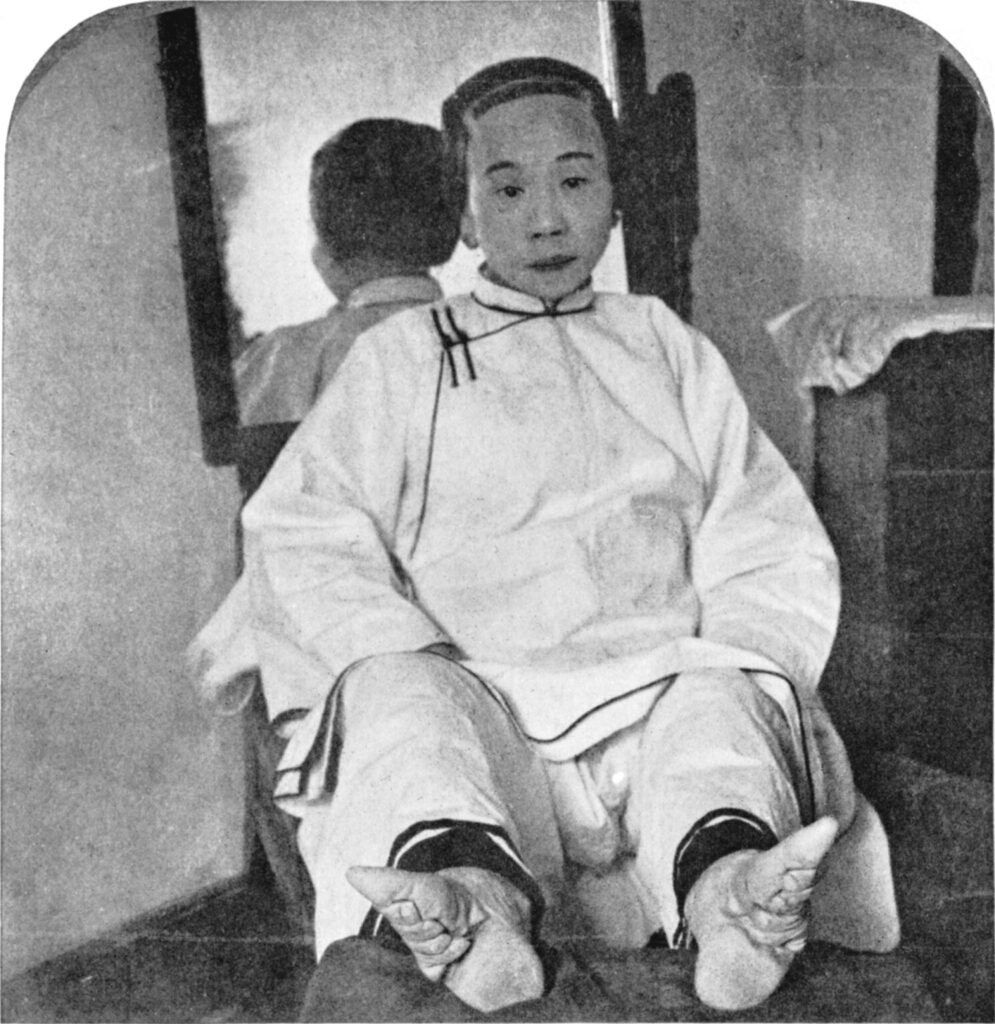
Binding began at a tender age, with girls as young as 4 or 5 subjected to the excruciating process. While various historical accounts dispute the exact age, the objective remained consistent: to hinder natural foot growth. The ritual commenced with soaking the feet in hot water, followed by the deliberate breaking and folding of toes beneath the sole. Wrappings would then be meticulously applied, gradually contorting the foot’s shape. This was no one-time ordeal; the bindings required constant attention, with changes every few days.
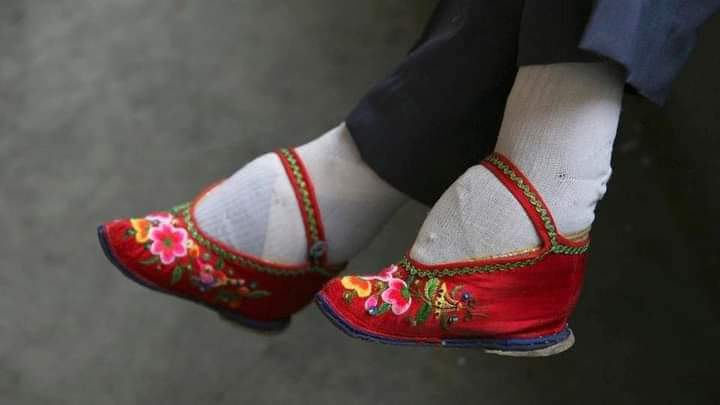
The physical anguish was staggering, but it was the societal pressure that transformed foot binding into an unavoidable norm. The 12th century marked a peak in the practice’s popularity. Marriage prospects for women hinged on bound feet—a requirement rather than a choice. The association shifted from sexual allure to modesty and virtue, further cementing foot binding as a cultural imperative.

Remarkably, this practice persisted despite its glaringly evident and widespread suffering. Even though the practice faced opposition and was eventually outlawed in the early 20th century, its legacy endures as a chilling reminder of the extent to which societal norms can infiltrate and manipulate individual lives. The notion of “lotus feet,” where women’s feet came to resemble hoof-like shapes, encapsulated both the beauty and the horror of a society obsessed with conformity.
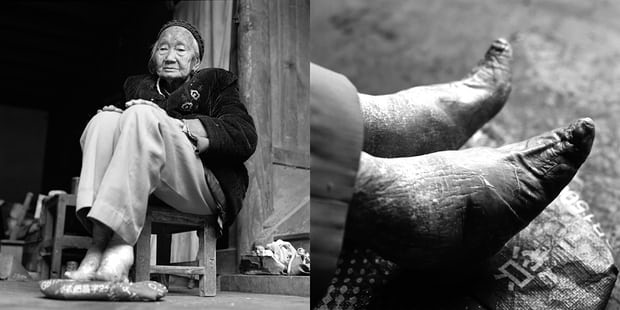
Foot binding stands as a harrowing testament to the power of societal pressures and the lengths humans can go to chase fleeting standards of beauty and acceptance. It remains a haunting chapter in history, a stark reminder that cultural practices, no matter how deeply ingrained, must always be scrutinized and questioned. As we examine these chilling relics of the past, we are compelled to reflect on our own cultural norms and question the price we are willing to pay to adhere to them.

Leave a Reply